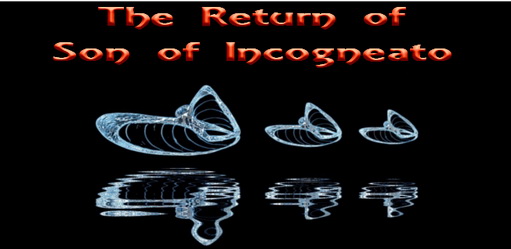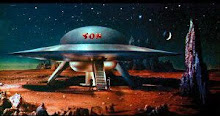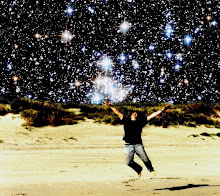
A walk in the forest (Georgia, USA). A photo of some trees and roots . . .
I pulled this out of a box many years after taking it. I needed some trees with roots for a painting I wanted to do. I often take photos as raw material for future paintings.

Here's Parzival - swiped from a Greek/Roman sculpture, The Dying Gaul (The Capitoline Museum, Rome. Roman copy after a Greek bronze original of c. 3rd century BC.). I figure the copyright went out a couple of thousand years ago. On the other hand, you don't want to use Michelangelo's David or The Pietà as compostion-material; they are much too well known and would detract from the originality of the piece. Better yet - use your friends or family as models. Or yourself. It costs nothing these days with digital photography.

Notice that the neither the sculptured figure nor roots are drawn slavishly from the photos - as with most photographic material I mostly use it as a jumping off point and/or to help with the shadowing.
If you look closely you can see a warm yellow wash on the sunlit tree trunks. The shadowy forest has an undertone of grey blue. Underpainting washes are often extremely importent with watercolors; painting directly on white paper can result in very cold, hard tones.

As the painting was approaching the finish line I registered that the forest was too dense and opaque. What to do – hard to correct a dark watercolor, right? This called for some unorthodox behaviour. I took an X-Acto knife and cut some tiny holes in the background. I then glued pieces of lightly painted paper over the holes. Ah . . . light in the forest. This gives the painting a better feeling of depth (see below).

The transition from full-sized painting to tiny internet post is often traumatic. Photographing artwork is often a nightmare - reflections, false colors, etc. On the other hand, thanks to computer software, you get to fiddle with the colors, tones and contrast.
I gave away the original as a gift years ago. I have no idea where it is now.











0 have said their bit, now it's your turn:
Post a Comment